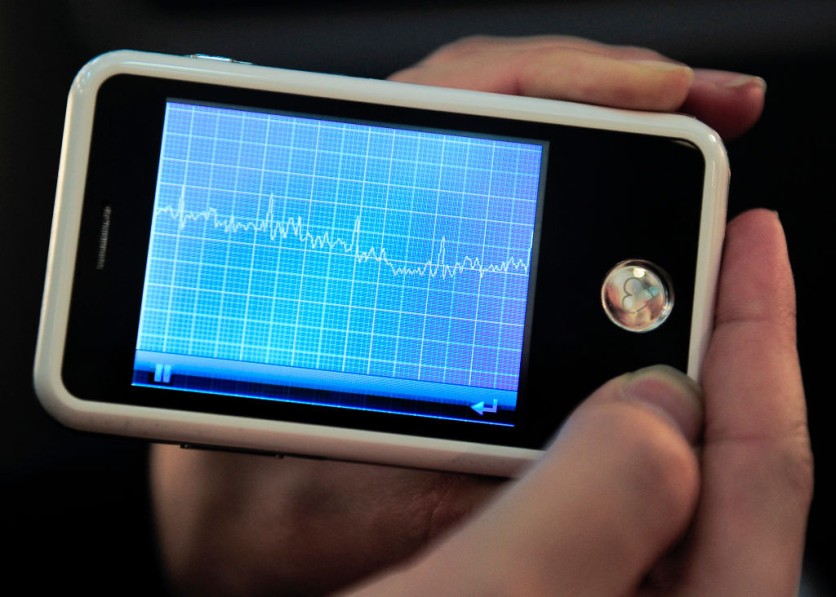A new technology developed by the University of Turku and CardioSignal utilizes a smartphone's built-in sensors to analyze heart movement and potentially detect heart failure, a condition affecting millions worldwide.

Using Gyrocardiography to Detect Heart Failure
Detecting heart failure presents a multifaceted challenge due to several factors. Heart failure symptoms, such as shortness of breath, fatigue, and swelling, can be nonspecific and overlap with those of other medical conditions, complicating the diagnostic process.
Additionally, there is currently no single, straightforward test for diagnosing heart failure; it requires a combination of clinical evaluation, blood tests, and advanced imaging techniques.
According to researchers, these diagnostic procedures are often time-consuming and costly and may not be readily available in all healthcare settings, particularly in resource-constrained environments or remote areas.
Now, the researchers introduce a technique called gyrocardiography, capitalizing on the smartphone's motion sensors to detect cardiac vibrations in the chest, including those undetectable by a stethoscope.
Over a decade of development by researchers at the University of Turku and CardioSignal has culminated in this novel approach. A recent study involving Turku and Helsinki University Hospitals in Finland and Stanford University Hospital in the US also showcased promising results.
The study involved around 1,000 participants, including 200 heart failure patients. By comparing motion sensor data between heart failure patients and those without heart disease, researchers identified typical changes associated with heart failure.
Dr. Antti Saraste, a cardiologist and lead author of the research article, expressed optimism about the potential of gyrocardiography in revolutionizing heart failure diagnosis and said that the study results were favorable.
"The results we obtained with this new method are promising and may in the future make it easier to detect heart failure," Saraste said in a statement.
New Treatment Options
The study revealed that heart failure correlates with distinctive alterations in smartphone-collected motion sensor data, enabling the identification of most affected patients.
Based on gyroscope and accelerometer readings, this analysis demonstrated accuracy, suggesting potential for future use as a rapid and straightforward diagnostic tool in healthcare settings.
The prevalence of heart failure, impacting about 1-2% of Finland's populace and notably more common among the elderly, highlights the critical need for early detection.
The researchers note that prompt identification and treatment can alleviate symptoms and diminish healthcare expenses linked to hospitalizations and emergency care during flare-ups.
"Primary healthcare has very limited tools for detecting heart failure. We can create completely new treatment options for remote monitoring of at-risk groups and for monitoring already diagnosed patients after hospitalisation," said CardioSignal's founding member and CEO, Cardiologist Juuso Blomster.
Related Article : Soda Sippers Beware: Study Shows Elevated Risk of Heart Condition with Sugary and Diet Drinks

ⓒ 2026 TECHTIMES.com All rights reserved. Do not reproduce without permission.




